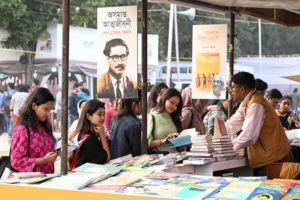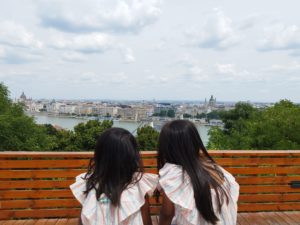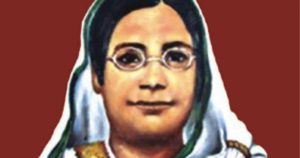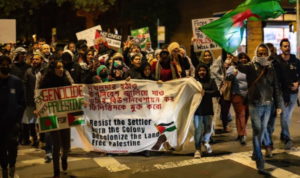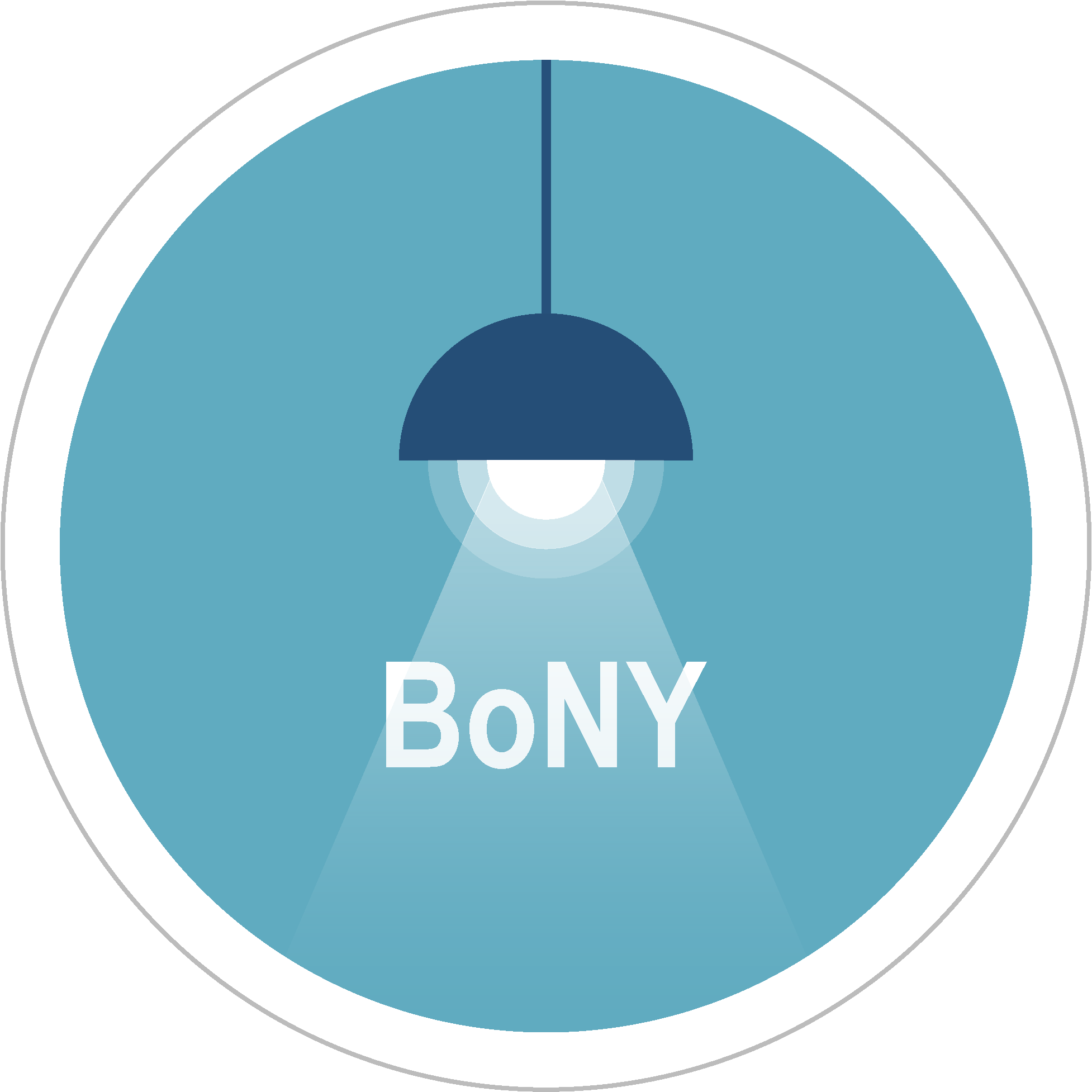Pabna
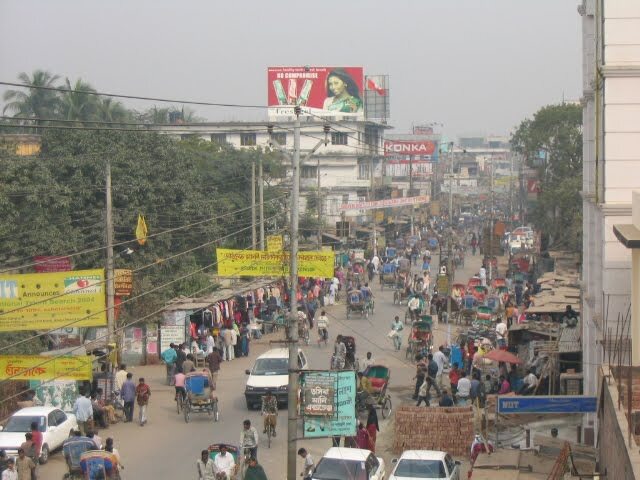
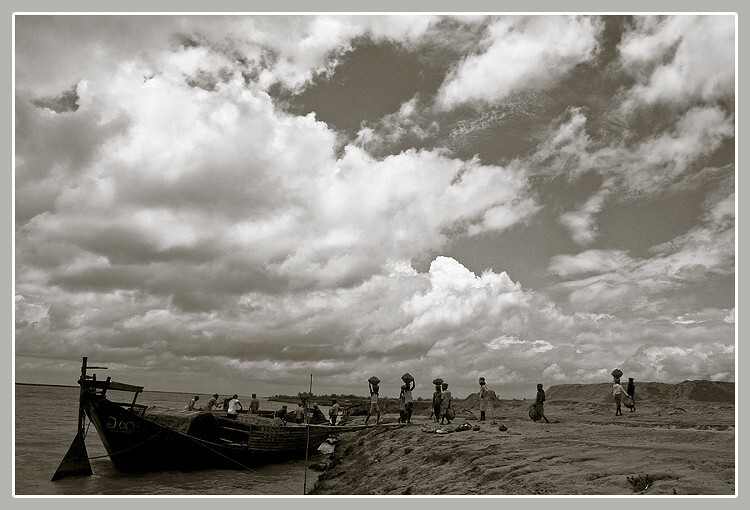
Pabna is a city in the Pabna District and the administrative capital of the District. Also called Pubna, the city is located on the west-central part of Bangladesh. The city lies along the Ichamati River which is a tributary of the upper Padma River.
The origin of the name is up for debate. Some historians think the name came from Paboni, a branch in the Ganges river. An archaeologist claimed the name came from Poth. Another historian claims the name came from Podubomba, a small feudal kingdom during the Pal Dynasty.
There’s also a legend that states that a robber (similar to Robin Hood) named Pobana who lived in the region long ago became a hero for the poor. So the people named the region after him.
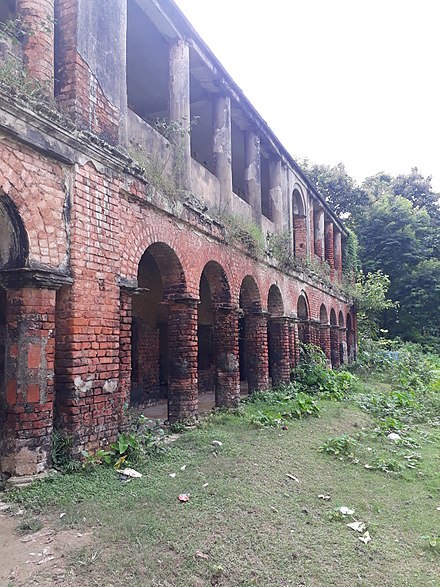
However, the name itself also comes from the Persian word “Panmbah” which means cotton, because a while ago, many of the people in the region were weavers.
As an industrial center, Pabna has mills for jute, cotton, rice flour, oil, paper and sugar. The city also produces pharmaceuticals. Hosiery and hand-loomed products are important cottage industries as well.
The district consists of 2.1 million inhabitants, with 51.17% males, 90.12% Muslims, 9.50% Hidnus and .22% Christians.
The district also has a mix of Hindu temples, British-era palaces, natural wetlands, crisscrossing rivers, and century old bridges. The district itself has 2353 masjids, 420 Hindu temples and 11 churches
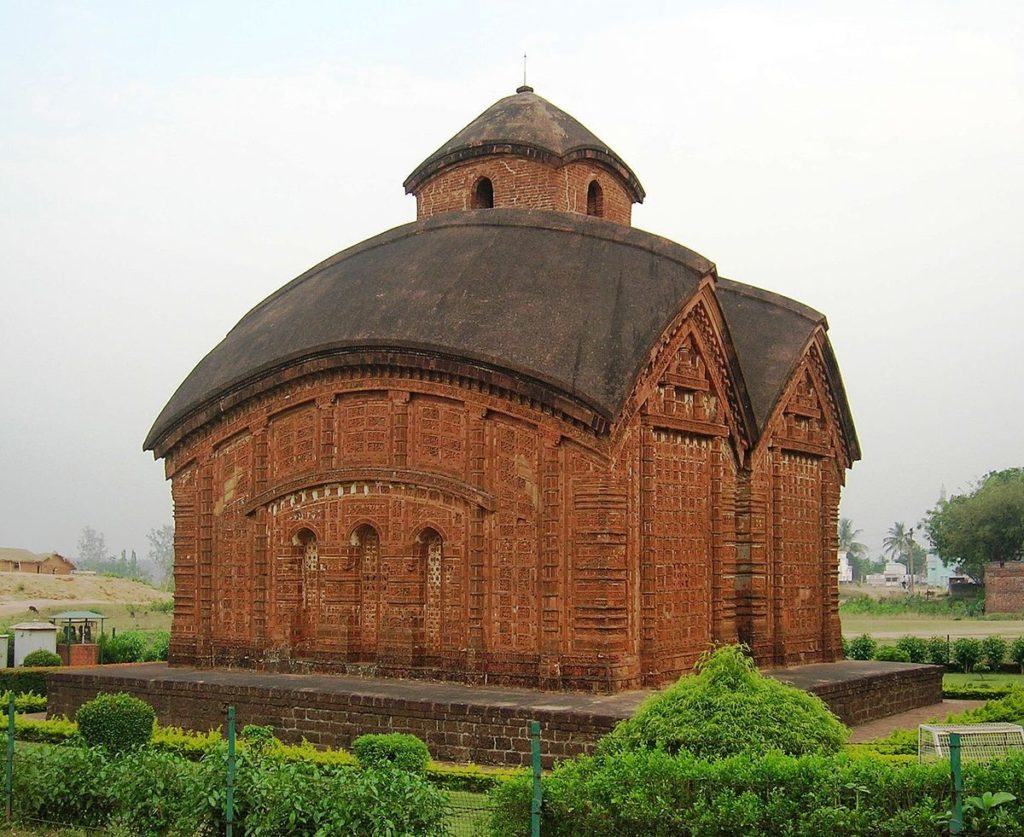
Some of the notable places include Taras Rajbari, a 19th-century palace. Jor Bangla Mandir, a mandir that was constructed in the 1800s. Chatmohor Shahi Masjid, which was built around 1582 marking one of the earliest monuments in Mughal Bengal.
Jagannath Temple, a world heritage site consisting of Hindy Temple for Shree Jagannath Deva, and constructed between 1300-1400 CE.
Chalan Beel Wetlands, one of the largest and richest wetlands in Bangladesh. Shitlai Palace, which was built around 1900, and now part of the drug manufacturing corp EDRUC.
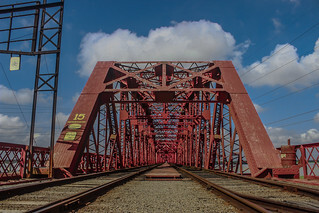
Another notable place is the Hardinge Bridge, named in honor of Lord Hardinge, the viceroy of India. The bridge sustained damage from the Liberation War, and sits alongside the Lalon Shah Bridge, and built-in 2004 over the Padma River. These are the 2nd longest bridges in BD.
Pabna is also home to the largest mental hospital in Bangladesh, which also has a big general hospital, numerous medical centers, and small private clinics.

In 1859-61, the district was one of the major areas involved in the Indigo Revolt, which was a peasant movement and subsequent uprising of indigo farmers against the indigo planters. Indigo
planting in Bengal dated back to 1777 when a Frenchman introduced it to Indians. With the Nawabs of Bengal under British power, indigo planting became more and more commercially profitable because of the demand for blue dye in Europe.
The indigo planters persuaded the peasants to plant indigo instead of food crops. They provided loans, called dadon, at very high interest. Once a farmer took such loans he remained in debt for his whole life before passing it to his successors.
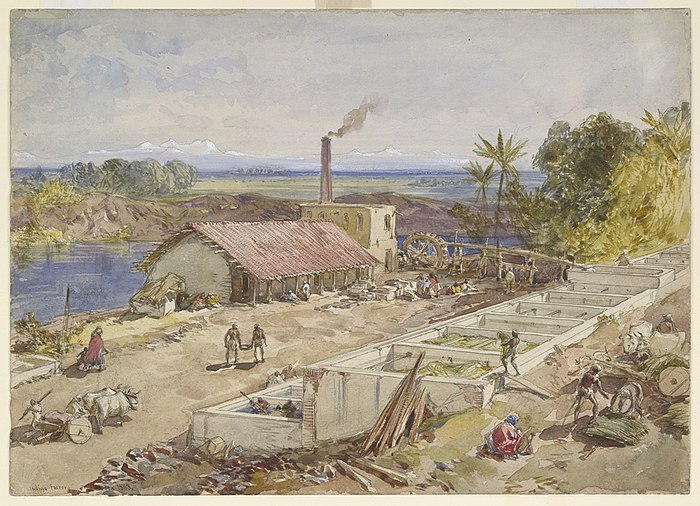
The farmers could make no profit growing indigo, and were totally unprotected from the indigo planters, who resorted to mortgages or destruction of their property if they were unwilling to obey them. Under this severe oppression, the farmers resorted to revolt.
Beginning in 1873, the serfs resisted excessive demands of increased rents by feudal lords (zamindar), led by the nouveau riches Banerjees and Dwijendranath Tagore, by forming an Agrarian League. This largely peaceful movement found the support of the Lieutenant-governor of Bengal, George Campbell, who antagonized the absentee feudal lords.
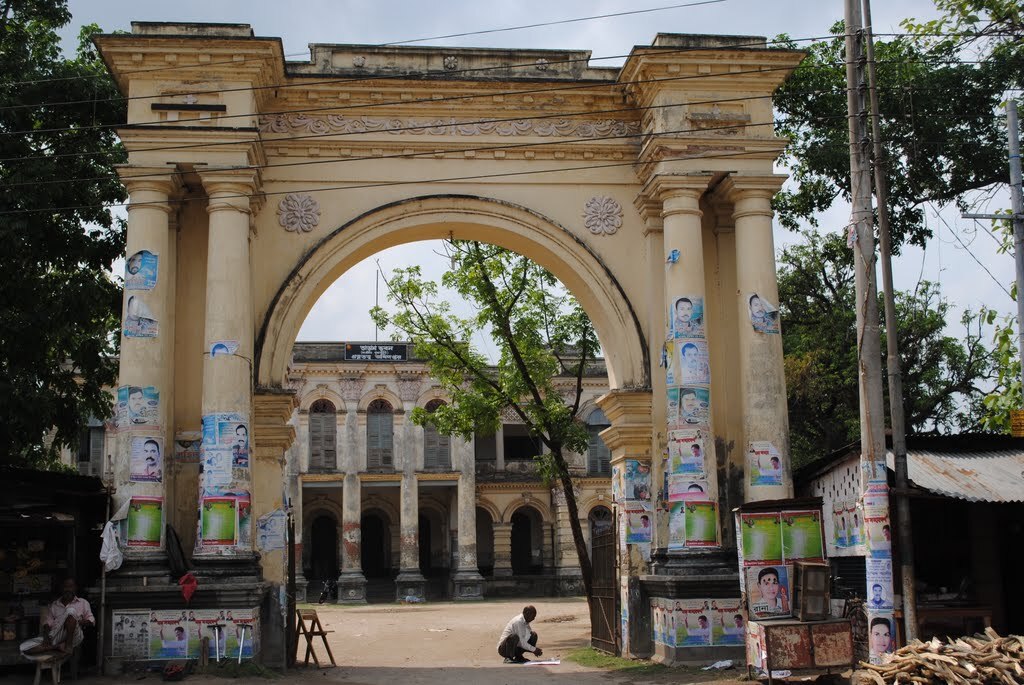
These protests are generally referred to as Pabna disturbances. In the following year, the district was one of the worst-hit by famine. The peasants’ demands were finally partially met with the Rent Law Act of 1885.
Read More
The Legacy of Boi Mela
Every year in February, the month-long national book fair welcomes...
Read MoreMillennial Amma: How to Explain a Global Crisis As a Parent
Rumki Chowdhury shares tips for how to talk to children...
Read MoreBegum Rokeya’s Millennials
A tribute to a pioneering Bengali feminist writer, educator and...
Read More